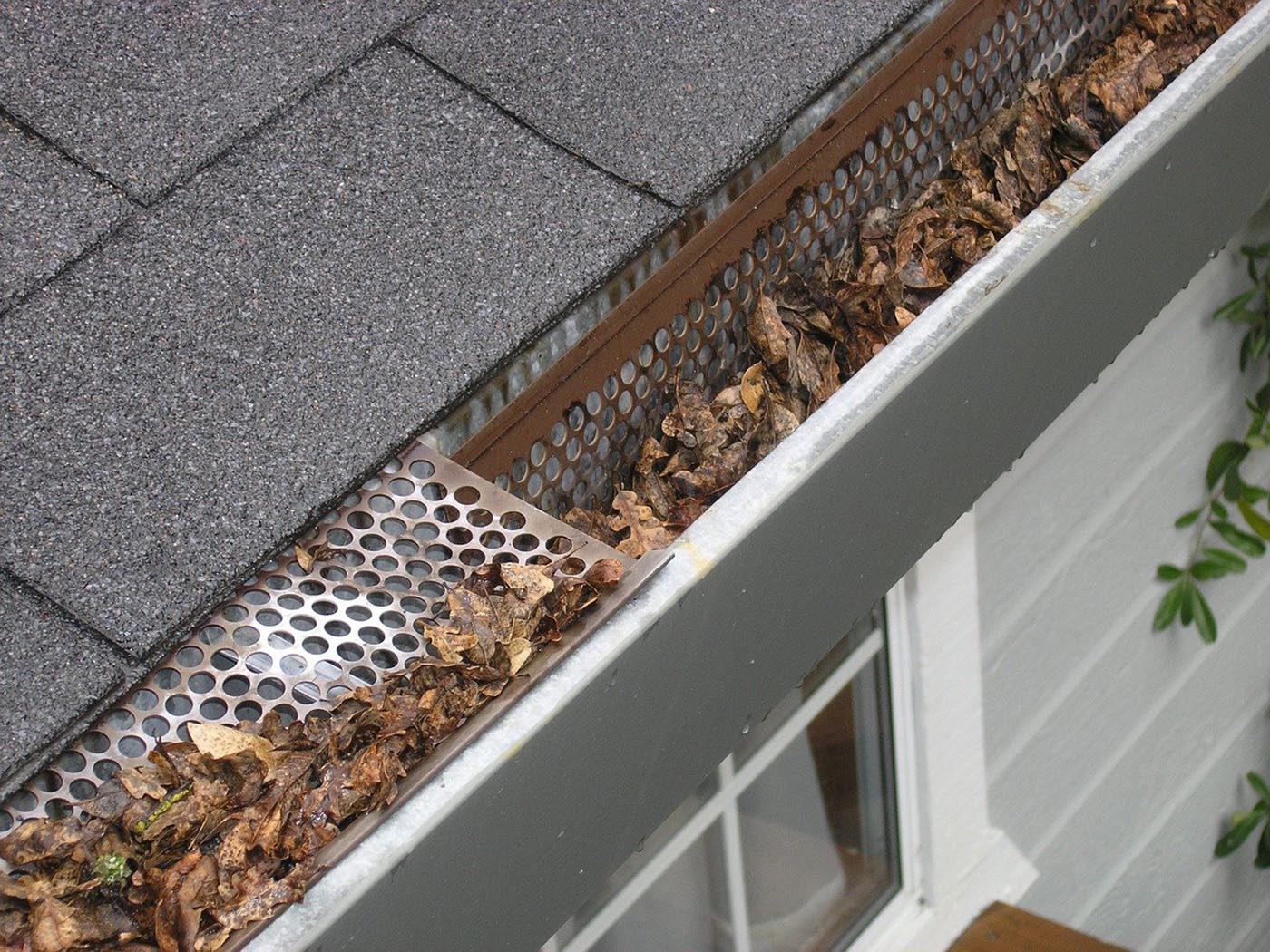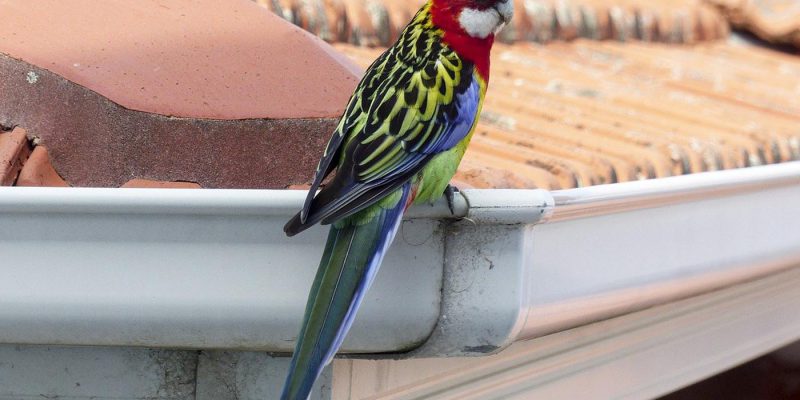Just like any other piece of man-made material, the gutters on your home have a shelf life. Strong rain and wind can over time wear down the protective exterior of your home, especially on your gutter systems.
If your gutter systems are not working properly, water will overflow and saturate the wall below. Clogged gutters can cause water leakage into the house. As the water pools up it can attract mosquitoes, creating the ideal breeding grounds. It’s imperative to try and fix any problems with your gutters as soon as possible, to prevent further damage to your home.
Identifying the damage
The first step in this gutters repair guide will depend on what type of material your gutters are made from, identifying the type of damage and determining which part of the gutter system is affected.
Residential gutters are made from various materials including aluminium, seamless aluminium, copper, zinc, vinyl, and steel. In this repair guide we will focus on aluminium and vinyl, being the most commonly used material.
Your guttering systems are comprised of several different working components such as the gutter pan, end caps, elbows, leaf strainer, and downspout. You’ll need to know exactly which component of your guttering system is damaged in order to repair it properly.

Types of Gutter Repair
- Overflowing hopper head
Water overflowing from a hopper head shows that there are leaves or some other debris in the hopper head, or a blockage in the downpipe below it. Start by scooping out any leaves in the hopper head and from the gutter with a small trowel. Remove the rag, and rinse out the gutter and downpipe with water. Using a leaf straining can prevent future blockage issues.
- Leaking gutter joints
For a metal gutter, scrape any dirt out of the joint and dry it. Then inject roof and gutter sealant into the joint with an applicator gun. If you have plastic guttering joined with a union piece, one of the gaskets (seals) may be damaged.
- Leaky gutters
Seal leaky gutter joints and small holes using gutter sealant applied from the inside the gutter. Repair larger holes using a gutter patch kit or a scrap of metal flashing glued down with sealant. You can locate these patch kits at your local home improvement centers.
- Straighten Sagging Gutters
If you suspect sag, get up on a ladder and sight down the length of the gutter. Gutters should be straight. In most cases, you can simply reposition loose hangers, using a cordless drill or a hammer.
Straighten stubborn sags starting by propping a long, straight 1×4 or 2×4 brace under the sag the reaches to the ground. Then get up on a ladder and remove a hanger or two near the sag.
Sighting along the gutter, adjust the brace until the sag disappears, then replace the hangers. If needed, add one or two new hangers for extra support.
Safety & Tools
One you identify the type of repair needed. Prepare the tools needed to get the job done, and above all safety first.
Be sure to position your ladder on firm level ground. If the surface is uneven, bolt stabilisers to the bottom on both sides to prevent it from rocking. Your ladder must be secure before you start work. Never rest it against the guttering. You can also use a scaffold tower, but it’s not as easy to move around as a ladder, however it does give you a safe working platform and plenty of room to put your tools.











